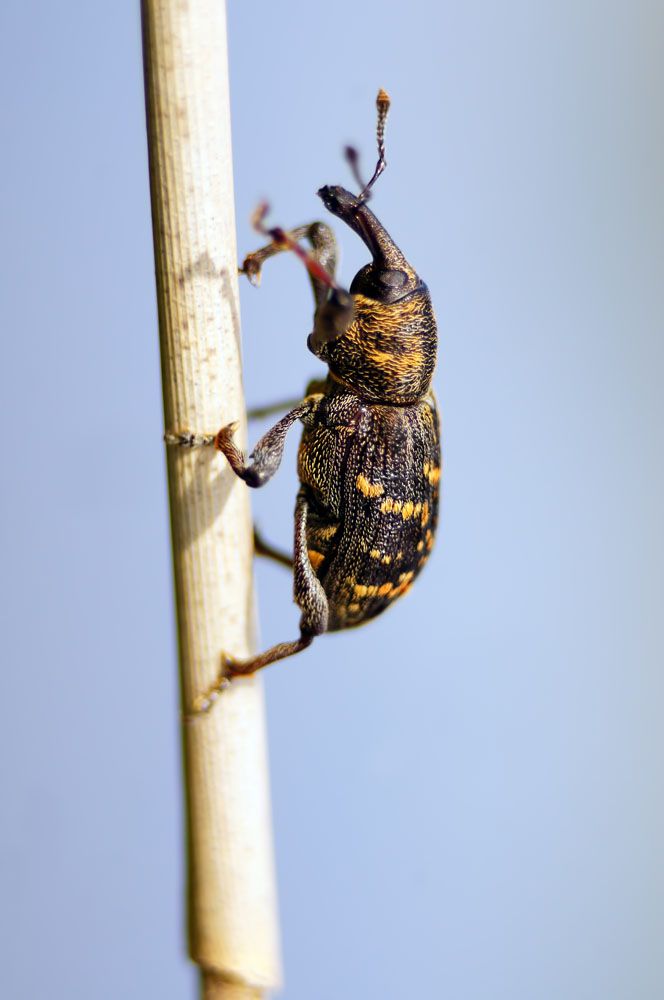
Billbug
Billbugs: What are Billbugs and How to Protect your Lawn from Billbugs?
What are Billbugs?
Billbugs have eleven unique species, including rocky mountain billbugs, uneven billbugs, hunting billbugs, and bluegrass billbugs. Adult billbugs range in length from 1/5-inch to 34-inch and are reddish-brown to black in appearance. Speaking of which, adult billbugs do not cause significant eating damage to your turfgrass, but it is the billbug larvae, often known as grubs, that create difficulties.
Billbug larva doesn’t have any legs, which distinguishes them from other grass pests. These cream-colored, c-shaped grubs are the stage of life that causes grass damage. The grubs will not be seen unless you dig around the roots and look for them. When temperatures climb to around 65 degrees Fahrenheit, the adults emerge from the lawn thatch and leaf litter where they spent the winter. They may be seen wandering about on driveways looking for a nice location to deposit their eggs. They make a little tunnel in the dirt to lay their eggs. Grubs hatch from the eggs in about a week or two.
What are the signs and Damages of Billbugs?
Billbugs are annoying pests that enjoy munching on freshly cut turfgrass. So, if you observe diminishing grass, brown patches, or even a completely dead portion of a lawn that is routinely irrigated, chances are your lawn is infested with billbugs. Billbugs, on the other hand, are not dangerous to pets or humans, but they may cause significant damage to crops and lawn grasses. Billbugs are a tasty feast for other pests; thus, a huge infestation can attract birds if left untreated.
Billbug damage might be difficult to detect. Early in the summer, grass begins to turn brown, although this is often confused with drought damage, fungal disease, or grass dormancy. Several illnesses might create splotchy dead areas on your grass. If you suspect billbug damage, you’ll have to get your hands filthy. The “tug” test can be used to rule out inadequate irrigation. Drought-stressed grass is difficult to pull up. To perform the tug test, grasp the turf at the base and pull it up from the center portion of the affected grass. If it comes up quickly, it’s an indication of billbug infestation. If it does not come up readily, you may need to undertake an irrigation audit or investigate fungus as a possible cause. Billbug damage is readily confused with damage caused by other lawn pests, environmental stresses, or grass diseases such as Dollar Spot. The excrement of Billbug larvae is another indicator that your lawn is infested with Billbugs.
How to Prevent Billbugs?
A multi-pronged strategy is required for effective billbug therapy. Adults should be targeted in the early spring before they lay their eggs, and newly born larvae should be treated before they cause substantial damage to lawns. Late-season treatments are aimed at larvae and adults, which can overwinter in thatch and leaf litter. If the billbug larvae are destroyed, little damaged portions generally heal. To encourage new growth, water and fertilize the lawn. Maintain adequate soil hydration and fertilization of the lawn.
